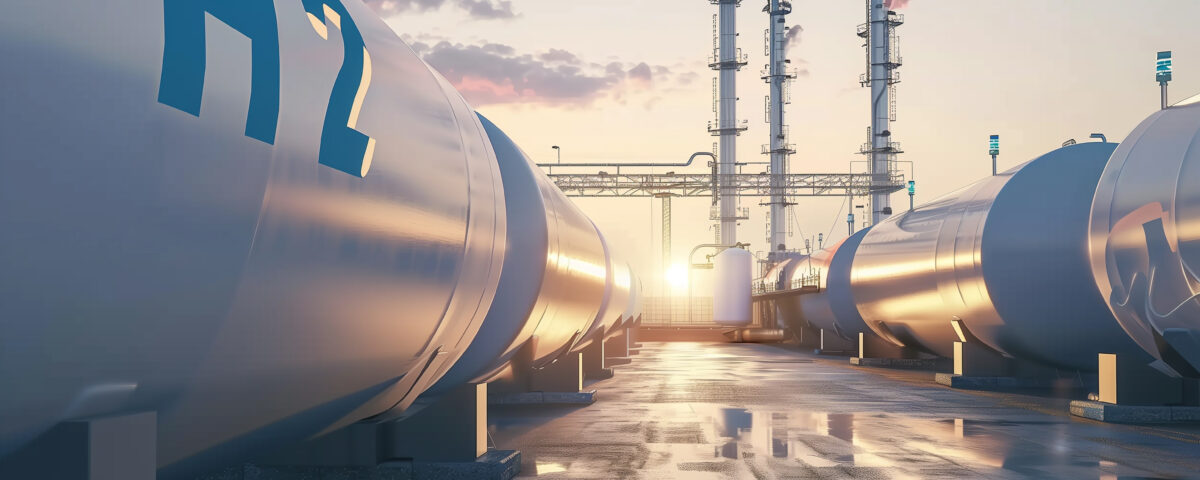
Wind Energy Needs Storage to Maximise Its Potential
March 25, 2025
GLEG UK Energy Market Update…
March 31, 2025Government Consultation on Climate Change Levy Reform
The UK government has launched a consultation on reforming the Climate Change Levy (CCL) to support the production of clean hydrogen. This is part of a broader strategy to modernise the tax system and accelerate the transition to low-carbon energy. By reviewing the CCL, the government aims to make hydrogen production more cost-effective, particularly in industries that play a key role in reducing emissions.
Current Impact of the Climate Change Levy on Hydrogen Production
At present, businesses producing hydrogen via electrolysis—which uses electricity to separate water into hydrogen and oxygen—are subject to additional costs due to the CCL. This levy, introduced in 2001, was designed to encourage energy efficiency and reduce emissions. However, as the energy landscape has changed with the rise of renewable sources, the CCL has become an obstacle for industries looking to invest in clean hydrogen production.
Since clean hydrogen is considered essential for reducing emissions in sectors like heavy industry and transportation, the government aims to eliminate these charges. The goal is to reduce production costs and encourage further investment in hydrogen technologies, positioning the UK as a leader in this emerging sector.
Hydrogen’s Role in the Low-Carbon Future
Hydrogen is being increasingly recognised as a transformative energy source, particularly for sectors that are difficult to electrify, such as steel production, chemicals, and heavy transport. Hydrogen produced using renewable energy is known as “green hydrogen,” a completely clean energy source. Additionally, hydrogen produced from low-carbon electricity sources, such as nuclear or gas with carbon capture, can also significantly reduce emissions.
However, producing hydrogen via electrolysis requires substantial energy, and since this electricity is currently taxed under the CCL, it adds to the overall cost. In the 2023-24 fiscal year, the CCL generated £1.2 billion, which is collected by energy suppliers from businesses and the public sector. The government’s decision to remove this charge is intended to lower costs and make hydrogen production more competitive with fossil fuels.
Government’s Financial Support for Hydrogen Projects
Beyond the tax reform consultation, the government has already committed significant financial support to the hydrogen sector. In the 2024 Autumn Budget, £90 million was allocated for the first Hydrogen Allocation Round (HAR1), which will fund 11 hydrogen projects across the UK. These projects will also receive revenue support under the Hydrogen Production Business Model, which aims to narrow the cost gap between hydrogen and fossil fuels.
This financial backing is designed to help hydrogen producers compete with conventional fuels while the industry grows. The HAR1 projects are expected to boost investment in local economies and create jobs in the clean energy sector. With the signing of the initial contracts under HAR1, the UK is making significant strides toward becoming a global leader in hydrogen technology.
The Need for Consultation and Policy Updates
The CCL was introduced to incentivise energy efficiency and emission reductions, but the energy landscape has evolved significantly since then. As renewable energy becomes more prevalent, existing policies, including the CCL, need to be updated to ensure they align with the government’s climate goals.
Through this consultation, the government is seeking feedback on how best to remove the CCL charges from hydrogen production without causing unintended consequences. The government is also considering whether other aspects of the levy system need updating to better support the transition to clean energy. These consultations are part of the government’s broader effort to ensure the tax system fosters investment in green technologies and does not penalise businesses for adopting sustainable practices.
Aiming for Net Zero by 2050
With the UK aiming to achieve net-zero emissions by 2050, the reform of tax policies is seen as crucial to supporting this goal. Ministers argue that if the UK is serious about expanding the use of hydrogen, the outdated CCL fees must be removed to encourage further investment in hydrogen technologies.
The government’s reform of the CCL is part of its broader approach to achieving net-zero emissions. By supporting green technologies like hydrogen, the UK is taking steps to meet its climate targets while simultaneously fostering economic growth and job creation in clean energy sectors.
Next Steps: Industry Feedback and Policy Implementation
The government is inviting industry leaders, hydrogen producers, and other stakeholders to provide their input on the proposed changes to the CCL. This feedback will help ensure the reforms strike a balance between reducing costs for clean energy producers and maintaining a fair tax system.
Once the consultation period concludes, the government will review the feedback and finalise the tax reforms, aiming to create a tax system that encourages the adoption of clean energy technologies while promoting a sustainable, low-carbon economy.

